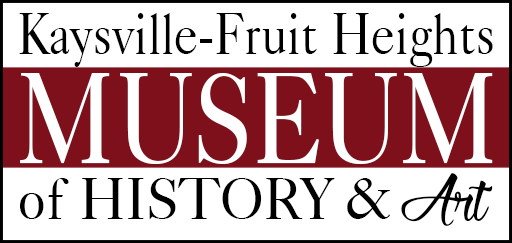Youth in Kaysville
PRESERVING THE PAST FOR THE FUTURE
Image Source:
Children and Teens
Who Helped Settle Kaysville
Crossing the Great American Plains
Of the group of settlers who were living in Kay’s Ward by 1851, most had originated in England, but some came from New England while a few were from the southern states. They came primarily as family groups including children of all ages. Sadly, some young people had lost their parents in what was known as Indian Territory, on sea in the Gulf of Mexico, or crossing the plains. Having been orphaned, they traveled on their own or were incorporated into family groups. Most walked across the plains, but some were young enough to be carried by their parents. Very few were allowed to ride even a portion of the way. After having walked so far, it is easy to imagine that the majority of young people would have wanted to make this mountain desert home, but some parents moved their families on in search of more land. And so, the children either helped to build a home along the creeks of what is now Kaysville and Fruit Heights or picked up and trekked on.
Follow name links to read stories about some of the earliest children in Kaysville located below. Learn about how they lived. Those considered to be pioneers came across the plains before the railroad in 1869.
1851 Roll Call of Honor
The first children to come to the area north of Blooming Grove were those that belonged to the Phillips, Green, and Kay families. They had come by wagon, horse and foot until they reached a creek that was first named Sandy but later changed to Kay’s Creek. Everyone was busy building shelters and planting crops. Other people learned that this would be a good place to settle so soon many new children had arrived. A year later there were almost 100 unmarried boys and girls under the age of twenty in the area.
|
9 years
|
|
19 years
Mary Holmes
18 years
James Burrup
Thomas Carlos
Ellen Gadbury
Horton Haight
17 years
Oliver Holmes
Everett C. Van Orden
16 years
John Adams
Frances Beavans
15 years
Julia Bernhisel
Ann Green
William Haight
Joseph Harris
Martha Henderson
Augusta Hawkins
John Hill
George W. Holmes
14 years
Ann Adams
Henry Roberts
Mary L. Taylor
Sarah Van Orden
Chauncey G. Webb
13 years
George Adams
Catherine Halford
Elizabeth Harris
Mary Ann Kay
12 years
Catherine Adams
Maria Van Orden
Mary M. Wilch
Harriet Beavans
Martha Clifford
James T. Kay
Charlotte Green
Susan Coleman
Edward M. Webb
Joseph Hill
William Taylor
11 years
Mary Woolley
William Blood
William Harris
Caroline Roberts
Alice Hill
10 years
Thomas Harris
Mary Beavans
Joseph Adams
9 years
Elias Adams
Caroline Adams
Louisa Driggs
Sarah Taylor
William Haight
Mary Woolley
Joseph Robins [Halford]
8 years
Robert Green
Phebe A. Roberts
7 years
James Green
Hannah Driggs
Enoch Harris
6 years
Ann Eliza Webb
Sarah A. Hunter
Sarah Paine
Elizabeth Layton Smith
5 years
Maria Driggs
Sarah Harris
John D. Phillips
Clarissa Taylor
4 years
Jennifer Kay
Marinda Roberts
Mary Taylor
Nancy M Taylor
John M Bernhisel
3 years
Elizabeth Woolley
Mary Ann Phillips
Elizabeth Green
Elizabeth Robins
2 years
Adelia Curtis
Mary Paine
Daniel Harris
Sarah Kay
John Green
Joshua Adams
Mary A. Grant
Margaret Hunter
Joseph Taylor
1 year
Louisa Holmes
Edward Phillips
Sarah O. Grant
Jane Driggs
William A. Taylor
Harvey G. Taylor
Clarissa Taylor
Harriet Roberts
Infant
Edward Curtis
Joseph Woolley
Deborah Kay
James Robins
Mary Robins
Susan Paine

Emily Stewart
1846 – 1932
She was five years old when her family came to the United States by ship. Her recollection of the Mormon Cricket invasion was recorded in autobiographical notes and compiled into a book by her son and titled The Grim Years.

Charles Barnes
1848-1926
Born in England, he with his family emigrated by ship. Falling into a flour barrel upside down was one scary moment forever imprinted on his memory because at five years old he couldn’t get out by himself.
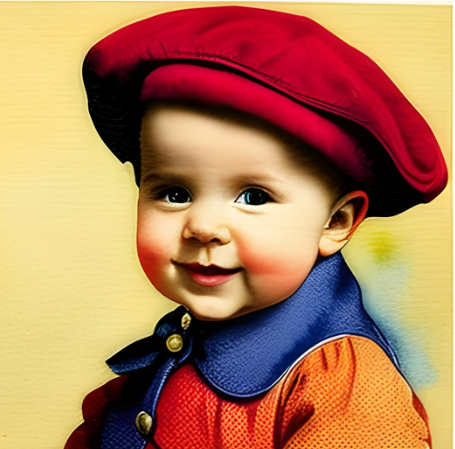
James Robert Burton
1863 – 1939
He was newly arrived in Kaysville at the age of two. Mostly he remembered eating bread and molasses, but occasionally some potato or squirrel meat. He wore made over clothing until he was sixteen, went barefoot from spring until fall while herding cattle and plowing fields.

Horton David Haight
1832 – 1900
Born in New York, he trekked across the plains in 1847 when fifteen years old while taking care of the oxen. His family was the first to settle on Haight’s Creek in Blooming Grove but later moved to Farmington.

Daniel Harvey
1860 –
Having emigrated in 1863 at age three, he and his father herded sheep on the mountainside. They had much trouble with coyotes and bears killing the animals. He recalled often meeting Native Americans of the Washakie and Little Soldier bands picking choke cherries on those foothills.
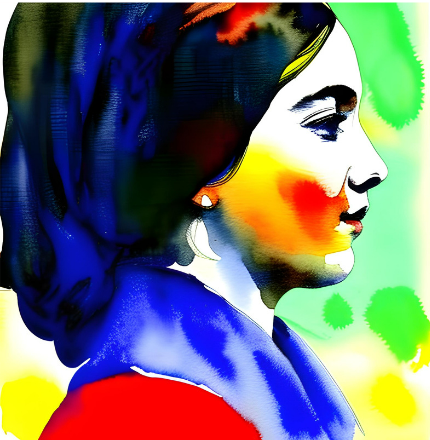
Susannah Ellen Ellison
1855 – 1938
At the age of 13, while helping make molasses, her right arm was ground in the cogwheels of a machine. Before a doctor could reach her, gangrene had set in. She endured extreme pain, but with the doctor’s skill and her parents’ faith, her arm and her life were spared.

Martha Simmons
1865 – 1936
Her family arrived in New York by ship from England on New Years Day, but had their pockets picked and worked for another five years while sometimes begging on street corners to earn enough to cross the plains. After arriving in Kaysville at the age of ten, the children were so hungry that a stolen raw potato seemed like a feast.
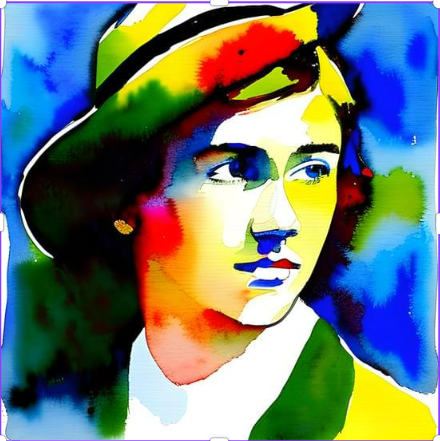
James Burrup
18?? – 19??
He was eighteen years old when his extended family left England for Utah. Accompanied by his elderly grandmother, he was the male head of the house. He moved with two uncles and their families into Kaysville as the first permanent settlers and later married one of the daughters of the man for whom Kaysville was named.
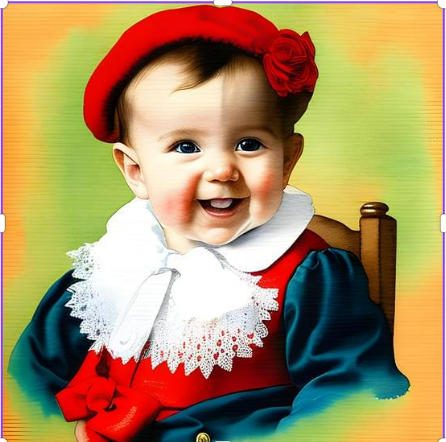
Rebecca Phillips
1853? – 1942
She was said to have been the first white girl child born in Kaysville. This description implies that indigenous babies were born in the area previously. When grown into childhood, she attended public schools and attended a singing school conducted in her home where the music professor boarded for free so the children could learn cultured activities. Later she attended the University of Deseret, now the University of Utah.

Thomas Evans
1846 – 19??
Born in Wales, he was five years old when his father and step-mother brought him to America. He arrived in Kaysville at the age of ten having walked with the assistance of a cane all the way. He had broken his leg when younger and it had not been set correctly, leaving him with a limp. His aged grandmother accompanied him step for step as she set the pace he would need to keep as the handcart company proceeded.
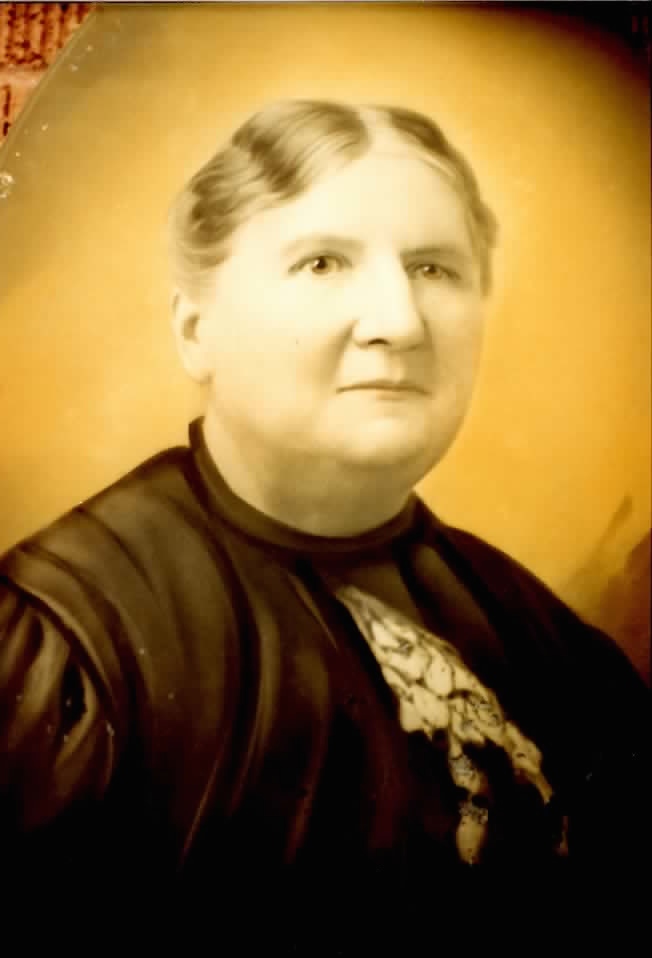
Mary Ann Matthews
1850 – 19??
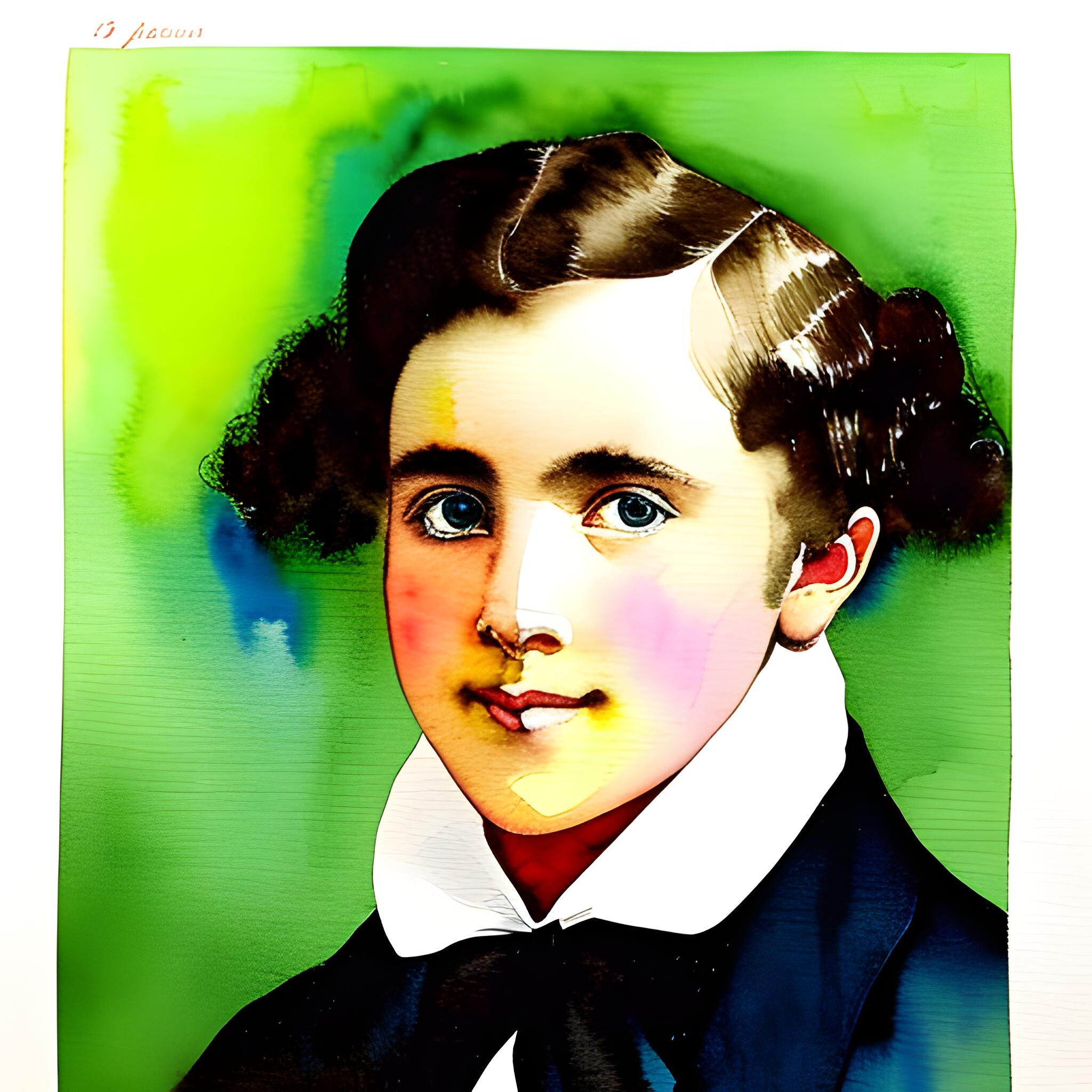
Joseph Barton
1848 – 1932
All children dream of what they will be when the grow up. He became a pioneer, surveyor, railroad construction engineer, Utah State legislator and railroad superintendant. For fun he also became a member of the Kaysville Brass Band. He was eighteen years old when he was selected to be the band’s captain and musical director.
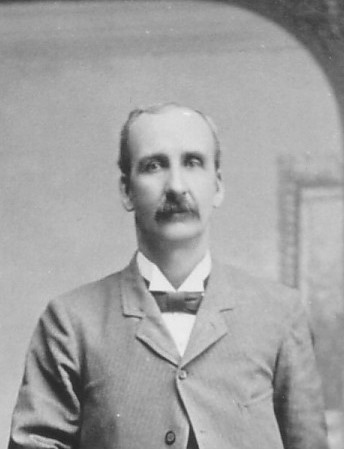
William Wilkie Galbraith
1838 – 19??
Just as he was leaving his teenage years, he and his friend William Blood were called to meet Johnston’s Army. He had no shirts he could take so his mother cut up a tablecloth and made blue and white checked shirts. The two young men were told to burn everything in town if the army approached.
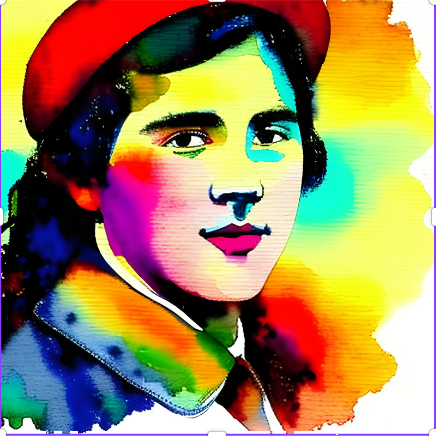
Martha Ann Henderson
1835 – 1922
She was an orphan when she crossed the plains in the summer of 1847, her parents having died in Nauvoo, Illinois. The children were divided up amongst relatives and friends so she pioneered with one family and was said to have been a ward of another. She was able to meet up with her uncle when she arrived in Kaysville at age fifteen.
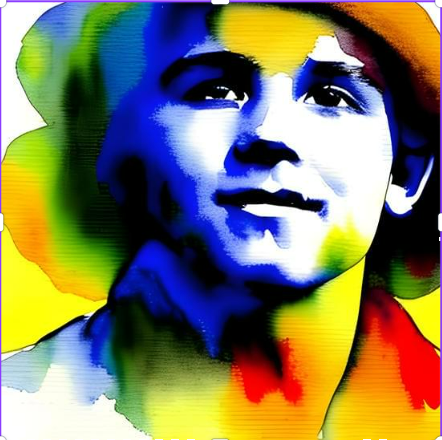
George Tilton Hyde
1866-1958
Christmas in Kaysville when he was about twelve was a time George remembered. He came down the cold stairway, reached around the corner and took down his stocking from the fireplace mantlepiece. His presents that year were a jelly doughnut, a singing top, an orange and some peanuts. He and his siblings had cornmeal mush for breakfast with milk and cream and hot biscuits. For dinner they ate turkey, beef, and mince pies which his sister made.
Everett C. Van Orden
1834 – 1911
When an older man, he told his son that he wore out his shoes while walking across the plains and was forced to continue barefooted, leaving a trail of bloody footprints. His span of horses got loose one night and the next morning he followed their tracks for about two miles. A native on horseback returned the animals, having apparently seen the footprints. The horseman generously gave him his own moccasins which were worn through the rest of the journey.
Sources:
1. Barnes, Claude T. The Grim Years or The Life of Emily Stewart Barnes. Inland Printing Company: Kaysville, Utah; 1964.
2. Census Enumeration of Kay’s Ward section of Davis County, Utah Territory. Unmarried and under twenty years old.
3. Imaginative graphics of children created by AI on CanvaPro.
We welcome content suggestions. Those who know other stories about early Kaysville children, send by email to ourkaysvillestory@gmail.com
